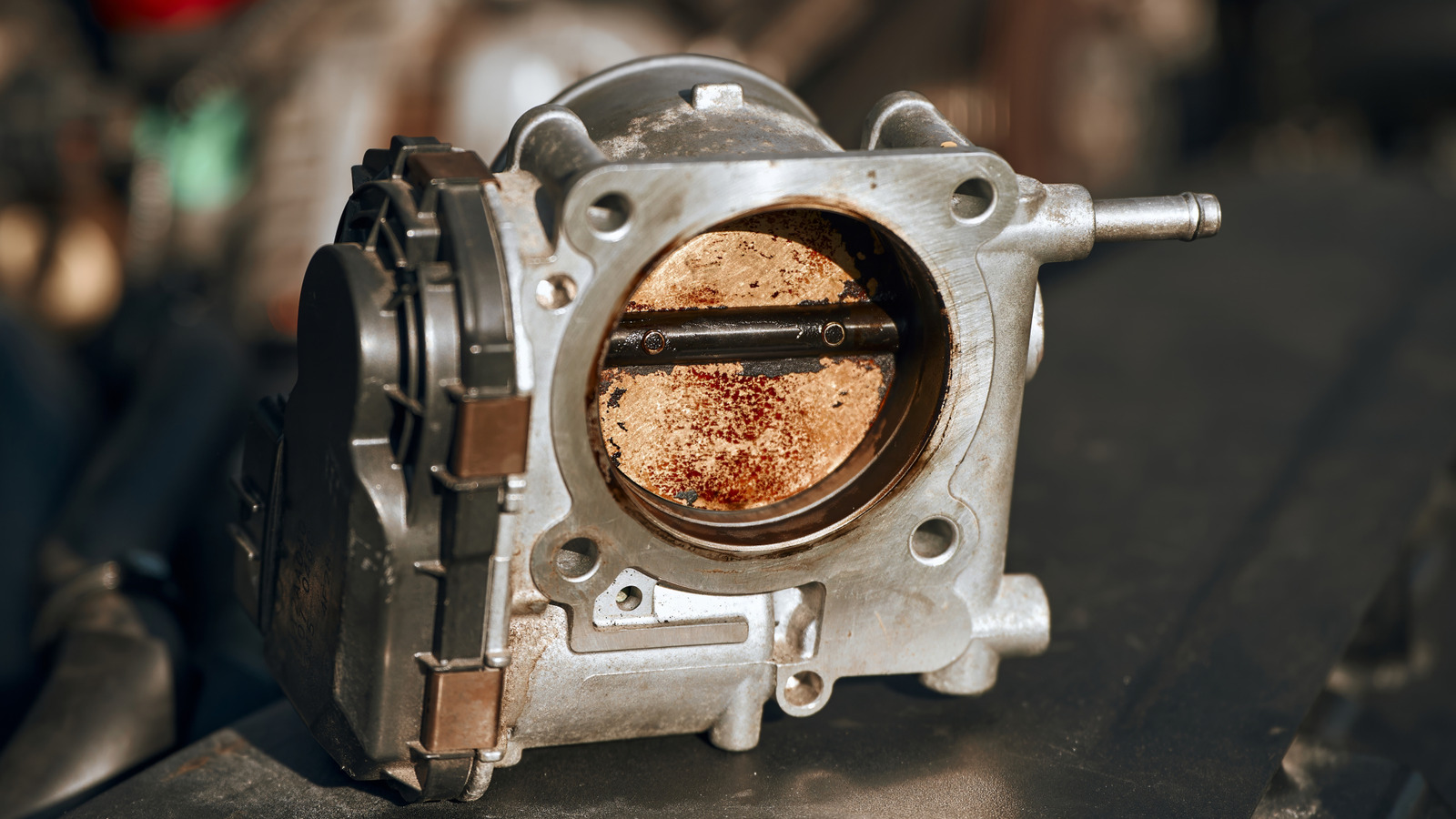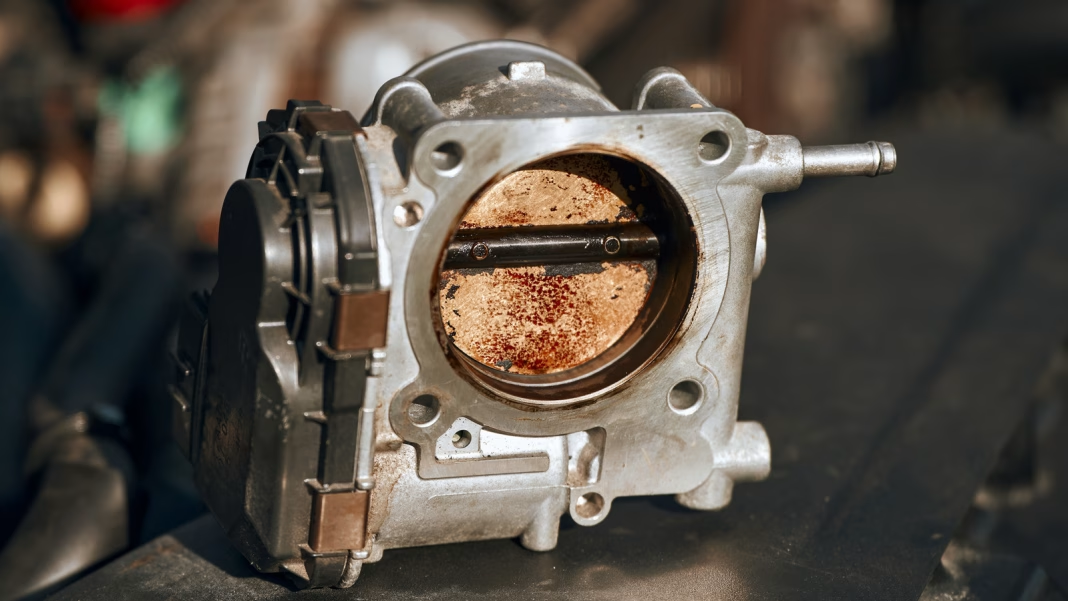You might not give much thought to the throttle body in your engine, but it plays a crucial role in your vehicle’s performance. If you’ve been experiencing certain issues, it could be a sign that it’s time for a good cleaning. Let’s dive into what the throttle body does, how to spot when it’s in need of attention, and why keeping it clean is essential for your car’s health.
What Exactly Does the Throttle Body Do?
The throttle body is a vital component of your engine’s air intake system. It controls the amount of air that enters the engine, which is essential for the combustion process. When you press the accelerator pedal, the throttle body opens up, allowing more air to flow in. This, in turn, helps the engine produce more power. If the throttle body is dirty or malfunctioning, it can lead to a host of performance issues.
Signs Your Throttle Body Needs Cleaning
So, how do you know if your throttle body is in need of some TLC? Here are a few telltale signs:
1. **Rough Idling**: If your engine is idling unevenly or feels like it’s sputtering, it could be due to a dirty throttle body. When it’s clogged with carbon buildup, it can disrupt the air-fuel mixture, leading to rough performance.
2. **Poor Acceleration**: Notice a lag when you hit the gas? A sluggish response can indicate that the throttle body isn’t opening properly, often due to dirt and grime buildup.
3. **Check Engine Light**: If your dashboard is lighting up like a Christmas tree, it might be time to check the throttle body. While the check engine light can indicate various issues, a dirty throttle body is a common culprit.
4. **Increased Fuel Consumption**: A dirty throttle body can lead to inefficient fuel usage. If you find yourself filling up more often without any other changes in driving habits, it might be worth inspecting.
5. **Stalling**: In more severe cases, a malfunctioning throttle body can cause your engine to stall. This is not only frustrating but can also be dangerous, especially in traffic.
How to Clean the Throttle Body
If you’ve identified some of these symptoms, cleaning the throttle body can often restore your engine’s performance. Here’s a straightforward approach:
– **Gather Your Supplies**: You’ll need throttle body cleaner, a soft cloth or brush, and possibly a screwdriver to access the throttle body.
– **Safety First**: Always ensure your engine is off and cool before starting any work. Disconnect the battery to avoid any electrical issues.
– **Access the Throttle Body**: Depending on your vehicle, you may need to remove the air intake duct to reach the throttle body.
– **Clean It Up**: Spray the throttle body cleaner onto a cloth or directly onto the throttle body. Gently scrub away any buildup, especially around the throttle plate. Be careful not to damage any components.
– **Reassemble and Test**: Once you’ve cleaned it, reassemble everything, reconnect the battery, and take your car for a test drive. You should notice an improvement in performance.
When to Seek Professional Help
While cleaning the throttle body can be a DIY task, there are times when it’s best to consult a professional. If you’re uncomfortable working on your engine or if the problems persist after cleaning, it’s wise to take your car to a mechanic. They can perform a thorough inspection and diagnose any underlying issues that might be affecting your vehicle’s performance.
Keeping Your Throttle Body in Check
Regular maintenance is key to preventing throttle body issues. Consider incorporating a throttle body cleaning into your routine vehicle service schedule, especially if you drive in heavy traffic or use lower-quality fuel. A clean throttle body can lead to better fuel efficiency, smoother acceleration, and overall improved engine performance.
The big takeaway? Your throttle body isn’t just a minor component; it’s a vital part of your engine’s performance. Keeping it clean can make a noticeable difference in how your car runs. Start with one change this week, and you’ll likely spot the difference by month’s end.


